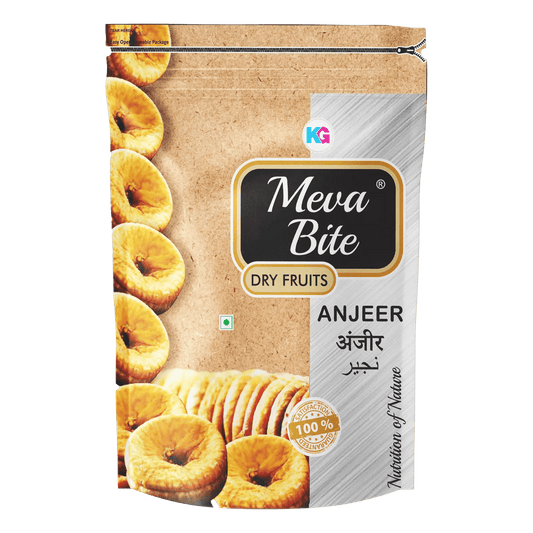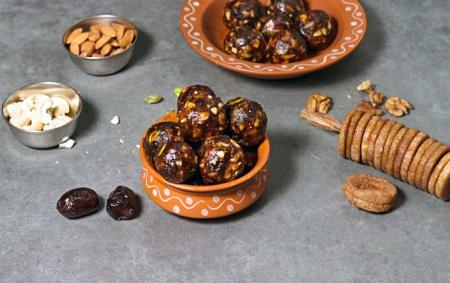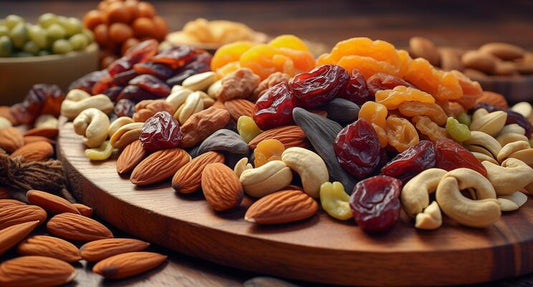Definition of Dry Fruits
Summary: Dry fruits are fruits that have had most of their water content removed through drying methods, including sun-drying. This category includes nuts, seeds, and dried fleshy fruits.
Detailed Explanation:
-
Categories of Dry Fruits:
- Naturally dry fruits (nuts and seeds)
- Dried fruits (processed from fresh fruits)
- The drying process concentrates nutrients and flavors, making dry fruits energy-dense.
- Dry fruits have a longer shelf life due to low moisture content.
- They are popular as snacks, baking ingredients, and part of a healthy diet.
Common Dry Fruits Names in English
Summary: Popular dry fruits include almonds, raisins, cashews, walnuts, dates, pistachios, and prunes.
Detailed List:
- Almonds (Badaam): Rich, buttery flavor.
- Raisins (Kishmish): Sweet, available in various colors.
- Cashews (Kaju): Creamy texture, mild sweet taste.
- Walnuts (Akhrot): Slightly bitter taste, crunchy texture.
- Dates (Khajur): Sweet, chewy.
- Pistachios (Pista): Distinctive flavor, often in shells.
- Prunes (Aloo Bhukhara): Sweet, chewy.
- Figs (Anjeer): Sweet, seedy.
- Apricots (Khubani): Tart and sweet, bright orange.
- Pecans (Bhidurkashth): Sweet, buttery.
Lesser-Known Dry Fruits
Summary: Lesser-known dry fruits include Brazil nuts, macadamia nuts, goji berries, mulberries, and pine nuts.
List:
- Brazil nuts: Rich in selenium.
- Macadamia nuts: Smooth, buttery.
- Mulberries (Shahtoot): Sweet, various colors.
- Pine nuts (Chilgoza): Subtle pine flavor.
- Hazelnuts: Sweet.
- Dried cranberries: Tart, often sweetened.
- Dried blueberries: Sweet, antioxidant-rich.
- Pumpkin seeds: Nutty flavor.
- Sunflower seeds: Often eaten as a snack.
Nutritional Benefits of Dry Fruits
Summary: Dry fruits are rich in fiber, vitamins, minerals, and antioxidants. They provide energy, support heart health, aid digestion, and contribute to overall well-being.
Key Benefits:
- High in dietary fiber
- Rich in vitamins (E, K, B-complex)
- Essential minerals (potassium, magnesium, iron)
- Packed with antioxidants
- Provide healthy fats (omega-3 fatty acids)
- Plant-based protein sources
- Natural sugars for quick energy
- May help in weight loss
- Support heart health, improve cholesterol
- Contribute to bone health
Uses of Dry Fruits in Cooking and Baking
Summary: Dry fruits add flavor, texture, and nutritional value to both sweet and savory dishes.
Ways to Use:
- Toppings for oatmeal, yogurt, smoothie bowls
- In cookies, muffins, and breads
- Homemade granola or trail mix
- Chopped in salads
- In pilafs, stuffings, sauces
- Natural sweeteners in desserts
- Ground into flour for gluten-free baking
- Garnishes for dishes
- In energy bars or protein balls
- Blended into nut milks or smoothies
Storing Dry Fruits
Summary: Store dry fruits in airtight containers, in a cool, dry place. Refrigeration or freezing can extend shelf life.
Best Practices:
- Airtight containers
- Cool, dry place
- Refrigerate or freeze nuts and seeds
- Keep types separate
- Label containers
- Check for spoilage
- Use clean utensils
- Vacuum sealing for long-term storage
- Store high-oil nuts in the refrigerator
- Consume within recommended time frame
Conclusion
Dry fruits are a diverse and nutritious food group. They offer numerous health benefits and versatile culinary applications. Incorporate these nutrient-dense foods into your diet to enhance overall health while enjoying their flavors and textures.














